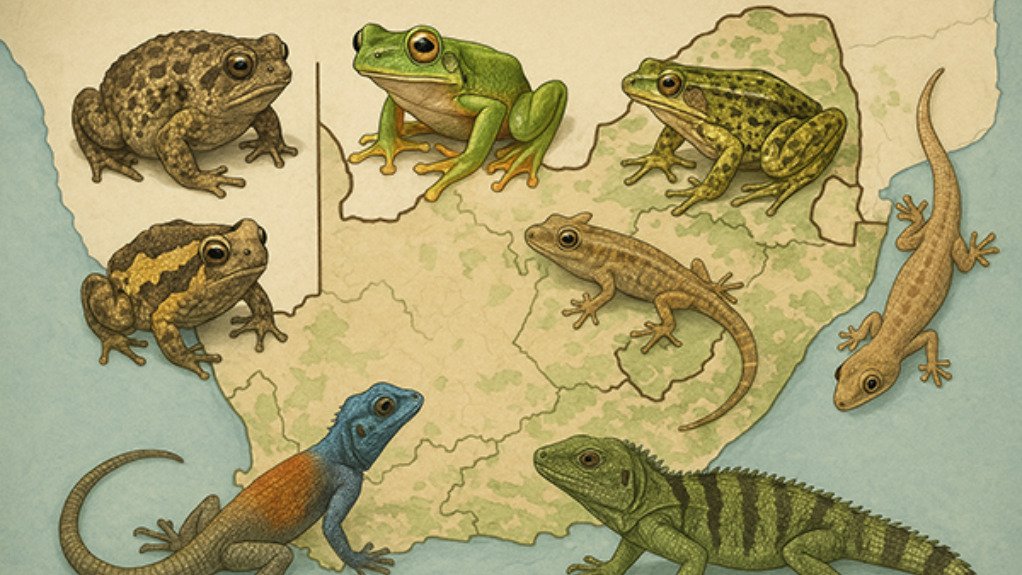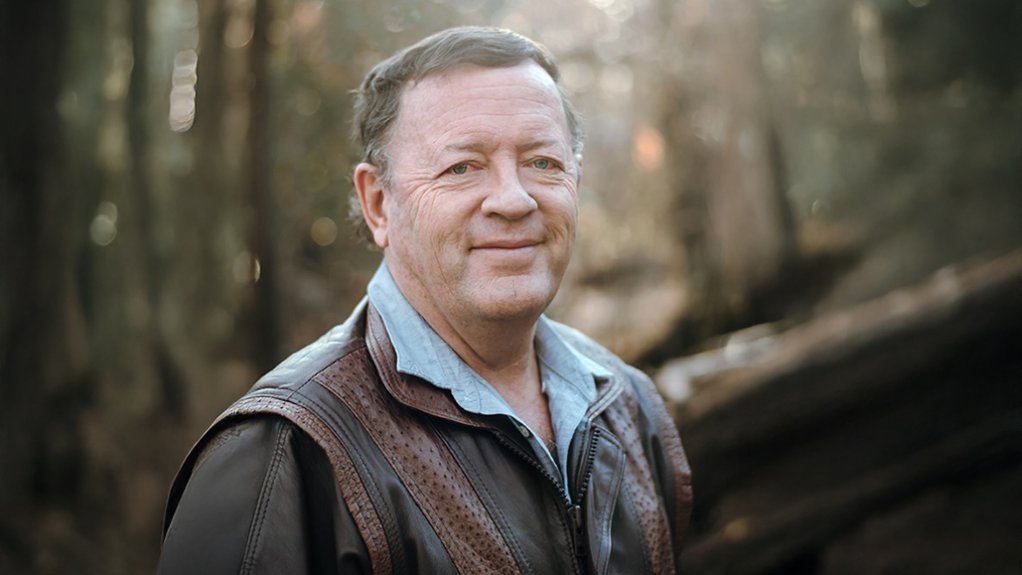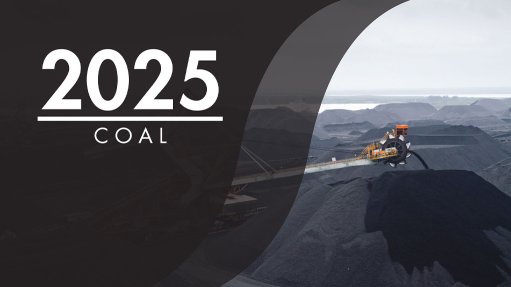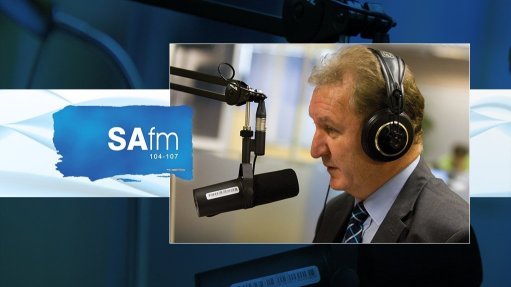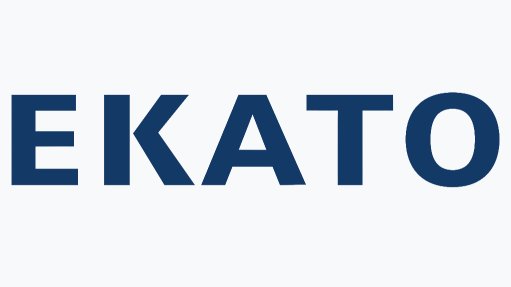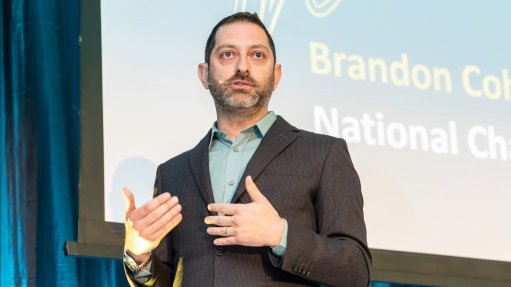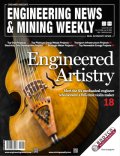App seeks to help people learn more about Southern Africa’s frogs
North-West University (NWU) Environmental Sciences and Management Unit Professor Louis du Preez and herpetologist Vincent Carruthers have developed an app, Frogs of Southern Africa, to help people learn more about amphibians found in the region.
The university points out that Southern Africa is home to more than 170 species of frogs, a number that reflects its rich biodiversity, but also highlights its ecological fragility.
“Amphibians, as members of the vertebrate class Amphibia, are the most threatened of all vertebrates globally. This means they also serve as warning alarms for environmental degradation – although those calls often go unheard,” it notes.
The app’s development is rooted in a desire to change that.
“The general public do not know frogs like they know birds and mammals. This is an attempt to bring the information to them, to raise awareness and promote appreciation,” Du Preez says.
Built over several years through painstaking fieldwork and collaboration, the app curates a trove of photographs, audio recordings and videos that vividly capture each species’ behaviour, habitat and, most notably, its call.
“The app provides, for each of the more than 170 species of frogs of Southern Africa, the Afrikaans name, an explanation of the name, a description of the frog, a description of the call, the preferred habitats, the frog’s habits and key identification points. Then, for each frog, we provide the call, and for most, we also provide a short video,” Du Preez explains.
“A very handy feature is that you can ask the app which frog species might occur where you are in Southern Africa, or if you plan to visit a particular area, you can tap on the map and the app will give you a list of which species you may expect. The app also provides a photographic key to help you identify any frog in the region,” he points out.
Information is also provided in English and the Lite version of the app is free to download.
INDIGENOUS KNOWLEDGE
Meanwhile, NWU recently also referenced a study published in the African Journal of Herpetology, saying it offers a compelling insight into how indigenous knowledge and scientific taxonomy can coexist to make conservation inclusive and effective.
The study, titled ‘Naming South African frogs and reptiles in nine indigenous languages’, is a multilingual feat led by Dr Fortunate Phaka of the NWU, alongside collaborators from Belgium and across South Africa.
It addresses a significant yet overlooked issue in South African science – the near-total absence of frog and reptile named in the country's nine official indigenous languages.
The problem is more than linguistic, says NWU.
It argues that scientific names, which are often in Latin or Greek, are intended to be consistent across the world, but that they are largely incomprehensible to the local communities who live among the species and who are often central to their conservation.
“This disconnect can be more than a minor inconvenience, it can result in miscommunication, poor policy implementation and a general lack of public engagement with biodiversity efforts”.
NWU describes Phaka's research as “groundbreaking” in both scope and intent.
Using online surveys, social media outreach and field interviews, the team compiled a list of over 4 800 indigenous names for all 543 species of frogs and reptiles officially recognised in South Africa, extending the names originally used to group multiple species together.
These names span the country’s linguistic diversity and include languages such as isiZulu, Xitsonga, isiNdebele and Tshivenda. Where no specific name for a species existed, the researchers created new names based on familiar descriptive traits, as scientists do with newly discovered organisms.
“Why does this matter? Firstly, it makes conservation more accessible. People are far more likely to protect things they can name, especially if those names are rooted in their own language and cultural understanding,” says NWU.
For example, a Xitsonga speaker may not relate to the scientific name Ptychadena anchietae, but the name Mabhruku, inspired by the frog’s long legs and springy leap, may inspire a different kind of curiosity and care.
Moreover, the research reveals that indigenous naming systems often reflect an intuitive ecological logic. For instance, the Xhosa and Zulu words Ixoxo and Isele group frogs based on the texture of their skin.
While not strictly scientific, NWU says this classification still captures a meaningful distinction, noting that this folk taxonomy often aligns with scientific classifications at higher taxonomic levels – family or genus – though rarely at the species level.
The mismatch, or “under-differentiation”, as the authors describe it, is not owing to a lack of insight, but rather reflects the observational priorities of communities whose engagement with these animals is shaped by cultural, utilitarian or ecological familiarity, says NWU.
The university argues that the implications stretch beyond taxonomy into social justice and language policy.
“South Africa’s indigenous languages have long been marginalised in science, a space still dominated by English and, to a lesser extent, Afrikaans. As Phaka argues, including indigenous names in biodiversity literature is not only good science, but also democratic.
“It enables speakers of these languages to engage with conservation as informed contributors rather than passive recipients. In short, it is a step towards epistemic equity.”
Given that this project emerged from a collaboration between the NWU and international institutions such as Hasselt University, NWU says this speaks to the global relevance of local knowledge.
While the frogs and reptiles are mostly endemic to South Africa, the model of integrating folk and formal taxonomies and embedding local languages in scientific discourse is exportable.
Countries ranging from Brazil to Pakistan have grappled with similar issues, and Phaka’s work could serve as a valuable template, the university posits.
Article Enquiry
Email Article
Save Article
Feedback
To advertise email advertising@creamermedia.co.za or click here
Comments
Announcements
What's On
Subscribe to improve your user experience...
Option 1 (equivalent of R125 a month):
Receive a weekly copy of Creamer Media's Engineering News & Mining Weekly magazine
(print copy for those in South Africa and e-magazine for those outside of South Africa)
Receive daily email newsletters
Access to full search results
Access archive of magazine back copies
Access to Projects in Progress
Access to ONE Research Report of your choice in PDF format
Option 2 (equivalent of R375 a month):
All benefits from Option 1
PLUS
Access to Creamer Media's Research Channel Africa for ALL Research Reports, in PDF format, on various industrial and mining sectors
including Electricity; Water; Energy Transition; Hydrogen; Roads, Rail and Ports; Coal; Gold; Platinum; Battery Metals; etc.
Already a subscriber?
Forgotten your password?
Receive weekly copy of Creamer Media's Engineering News & Mining Weekly magazine (print copy for those in South Africa and e-magazine for those outside of South Africa)
➕
Recieve daily email newsletters
➕
Access to full search results
➕
Access archive of magazine back copies
➕
Access to Projects in Progress
➕
Access to ONE Research Report of your choice in PDF format
RESEARCH CHANNEL AFRICA
R4500 (equivalent of R375 a month)
SUBSCRIBEAll benefits from Option 1
➕
Access to Creamer Media's Research Channel Africa for ALL Research Reports on various industrial and mining sectors, in PDF format, including on:
Electricity
➕
Water
➕
Energy Transition
➕
Hydrogen
➕
Roads, Rail and Ports
➕
Coal
➕
Gold
➕
Platinum
➕
Battery Metals
➕
etc.
Receive all benefits from Option 1 or Option 2 delivered to numerous people at your company
➕
Multiple User names and Passwords for simultaneous log-ins
➕
Intranet integration access to all in your organisation



